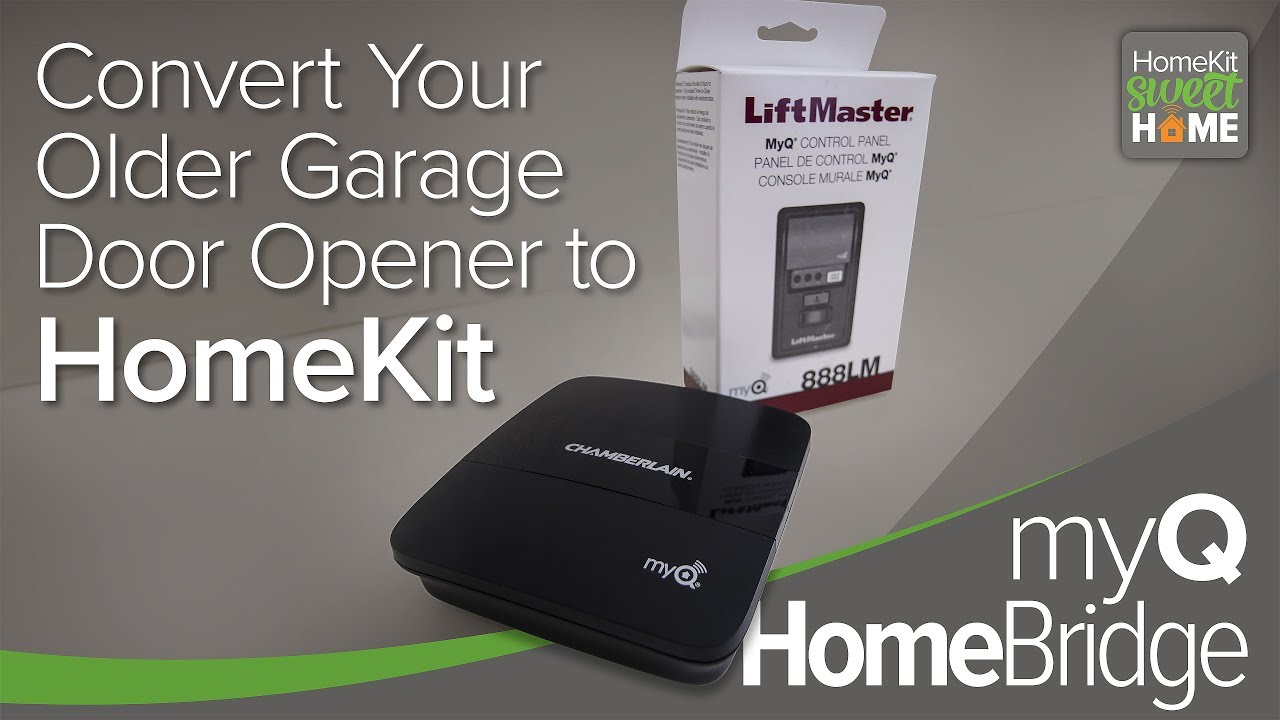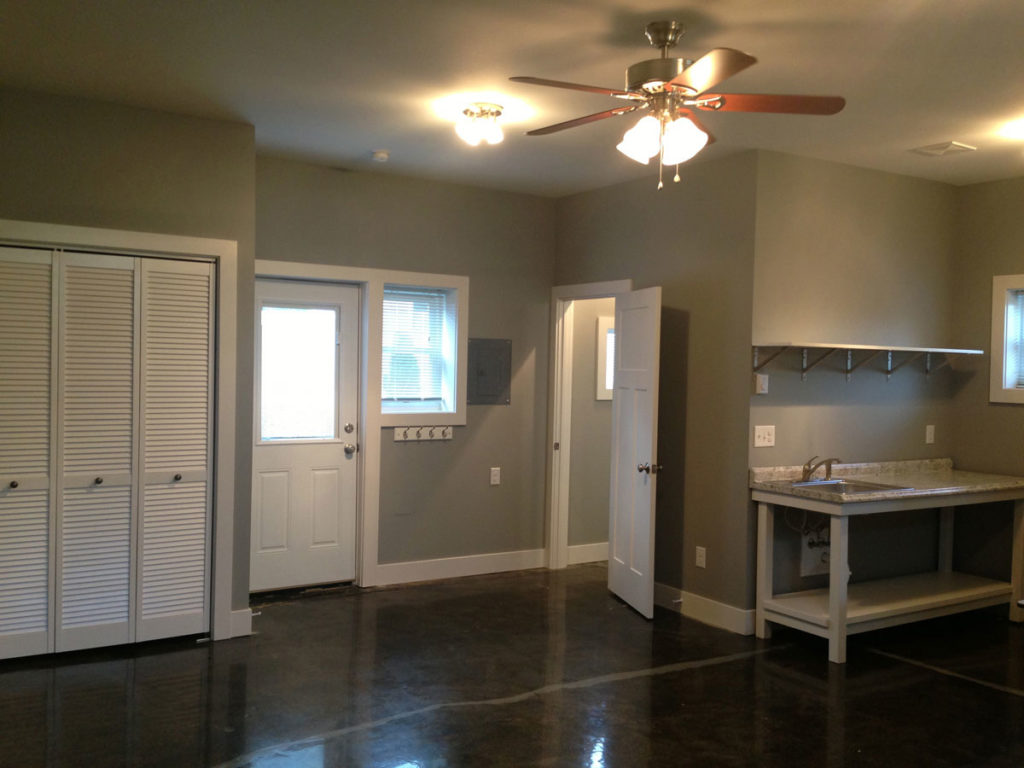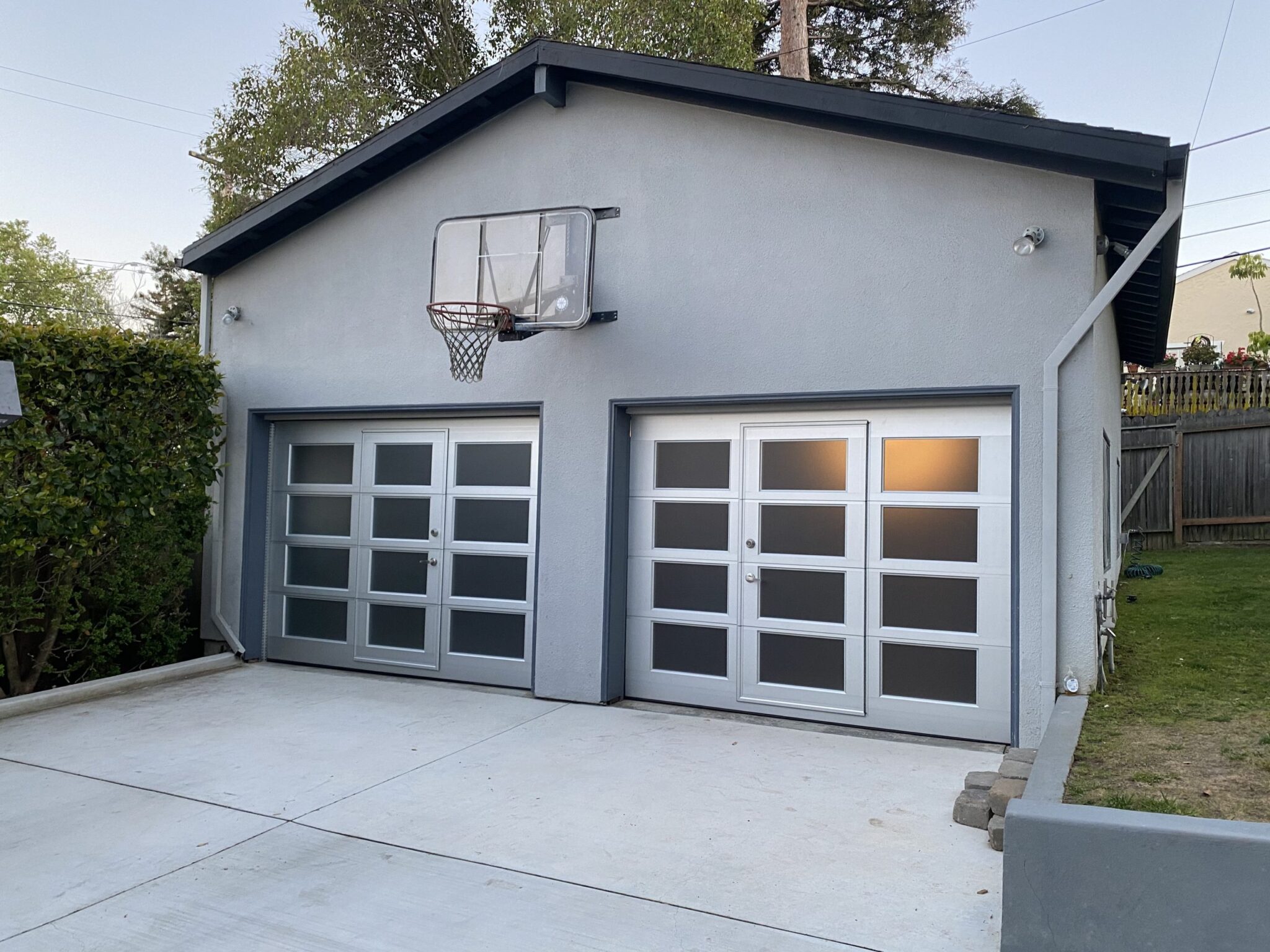
You can transform your garage into an excellent workshop by converting it. This is a great method to reuse space for various DIY projects. Although it may seem overwhelming, the final result is well worth the effort.
You should clear out all clutter and junk that has accumulated over time in your garage. This could include any old tools, lawnmowers or gardening equipment, as well as any other junk that has accumulated in your garage.
Once the space is cleared, you can map out the layout of your new workspace. This will allow you to determine how much space you need and what types of projects are best.
Make sure to designate a section for raw materials, tools, machinery and trash and scraps. This will stop everything getting mixed up.

You might also consider creating a storage space where you can keep the tools and supplies you use frequently. You can use plastic bins or a shelf organizer to store your tools. For more specialized equipment or items, you could also use a larger, heavier-duty job box.
A key element in turning your garage into an workshop is organization. You want to be easily able to access the tools, materials, and other items you need without having a lot of time spent looking through boxes and bins. For tools that are out of reach, overhead storage racks are also a good option.
A pegboard is another option. These are ideal for lightweight tools that don’t have to hang on a walls and small containers that contain nuts, bolts, or other hardware.
After you have organized your workshop it is essential to ensure it is well ventilated, and that it is lit. Don't work in a space that is too dark or cramped. This could lead to injury or even death.
You will want to ensure adequate natural light and lighting above your workspace. This will increase efficiency and reduce accidents.

You may need several tools depending on the task you are undertaking. For example, if you plan to work with metal, you might need a chop saw or an arc welder.
It is important to have the correct chemicals and paints if you intend to stain or paint. You will be able to easily find the supplies you need and perform repairs.
This will not only save you money, but also make your workshop more safe to work in.
Also, you can install a ventilation system to your workshop. This will ensure that the air is fresh and not toxic. You can either have a window screen to control the amount of air that comes in or you can install an exhaust fan to ensure that dust and debris is properly removed from the work area.
FAQ
What are the main components of a full kitchen renovation?
A complete kitchen remodel is more than just installing a new sink or faucet. There are cabinets, countertops as well, lighting fixtures and flooring.
A complete kitchen remodel allows homeowners the opportunity to upgrade their kitchens without any major construction. This means there is no need to tear down the kitchen, making the project more manageable for both the homeowner as well as the contractor.
There are many services that can be done to your kitchen, including plumbing, electrical, HVAC, painting, and carpentry. Depending on the extent of the kitchen remodel, multiple contractors may be required.
The best way to ensure a kitchen remodel goes smoothly is to hire professionals with experience working together. Small issues can lead to delays when there are many moving parts involved in a kitchen remodel. You should plan ahead and prepare a backup plan for any unexpected situations if you decide to DIY.
Is $30000 enough for a kitchen remodel?
Depending on your budget, a kitchen renovation could cost you anywhere from $15000 to $35000. You can expect to spend more than $20,000. If you are looking for a complete overhaul of your kitchen, it will cost more. For less than $3000, you can update appliances, add lighting, and replace countertops.
The average price for a full-scale renovation is usually between $12,000-$25,000. But there are ways to save money without compromising quality. One example of this is installing a sink, instead of replacing the old one. It costs about $1000. You can also purchase used appliances at half of the cost of new.
Kitchen renovations are more time-consuming than other types of projects. Plan accordingly. It doesn't make sense to start work on your kitchen when you realize half way through that time is running out.
It is best to start early. Begin by looking at all options and getting estimates from multiple contractors. Then narrow down your choices based on price, quality, and availability.
Once you have contacted a few contractors, ask them for estimates and then compare prices. Sometimes the lowest bid doesn't necessarily mean the best. It's important to find someone with similar work experience who will provide a detailed estimate.
Add all costs to the final cost. These could include labor costs, permits, and material charges. You should be realistic about what you can spend and stick to your spending budget.
Don't be afraid to tell the contractor what you think about any of the quotes. Tell the contractor if you are not satisfied with the first quote. Give him or her another chance. Saving money is not a matter of pride.
What is it worth to tile a bathroom?
If you're going to do it yourself, you might as well go big. A complete bathroom remodel is an investment. But when considering the long-term value of having a beautiful space for years to come, it makes sense to invest in quality materials and fixtures.
The right tiles will make a big difference in the way your room feels and looks. We have a guide that will help you pick the best tiles for your room, whether you are planning a minor or major renovation.
First, decide which type of flooring you'd like to install. You have many choices: ceramics, natural wood, stone, porcelain and even stone. Select a style, such as classic subway tiles or geometric patterns. Choose a color combination.
You'll probably want to match the tile to the rest of the room for a large bathroom remodeling job. You might choose white subway tiles in the bathroom and kitchen, but use darker colors in other rooms.
Next, decide the scope of the project. Is it time to update a small powder room? Or would you prefer to add an extra bedroom in your master suite with a walkin-in closet?
Once you have determined the scope of your project, go to local shops and look at samples. This way, you can get a feel for the product and its installation techniques.
For great deals on porcelain tiles, you can shop online. Many retailers offer discounts for bulk purchases and free shipping.
Do you think it is cheaper to remodel a kitchen or a bathroom?
Remodeling your bathroom or kitchen is expensive. It might be more cost-effective to upgrade your home than you think, given how much you spend each month on energy bills.
You could save thousands each year by making a small upgrade. Simple improvements such as insulation of walls and ceilings can lower heating and cooling costs up to 30 percent. Even a minor addition can increase comfort levels and increase the resale value.
It is crucial to consider durability and ease of maintenance when renovating. Materials like porcelain tile, solid wood flooring, and stainless-steel appliances will last longer and need fewer repairs than vinyl countertops.
Altering old fixtures can also help reduce utility bills. Low-flow showerheads or faucets can help reduce water usage by up 50 percent. You can reduce your electricity consumption by replacing inefficient lighting bulbs with compact fluorescent lights.
Why remodel my home when I can buy a brand new house?
While it's true that houses get less expensive each year you still need to pay the same price for the same square footage. Although you get more bang, the extra square footage can be expensive.
A house that isn't in constant maintenance costs less.
Remodeling your home instead of purchasing a new one can save you hundreds.
Remodeling your home can make it more comfortable and suit your needs. Your home can be made more comfortable for your family.
How long does it typically take to renovate a bathroom?
Two weeks is typical for a bathroom remodel. However, this varies greatly depending on the size of the project. For smaller jobs such as installing a vanity or adding an stall to the bathroom, it can usually be done in just a few hours. Larger projects such as removing walls, laying tile floors, or installing plumbing fixtures may require several days.
It is a good rule to allow for three days per room. For example, if you have four bathrooms you would need twelve days.
Statistics
- Following the effects of COVID-19, homeowners spent 48% less on their renovation costs than before the pandemic 1 2 (rocketmortgage.com)
- 5%Roof2 – 4%Standard Bedroom1 – 3% (rocketmortgage.com)
- $320,976Additional home value: $152,996Return on investment: 48%Mid-range average cost: $156,741Additional home value: $85,672Return on investment: (rocketmortgage.com)
- 57%Low-end average cost: $26,214Additional home value: $18,927Return on investment: (rocketmortgage.com)
- 55%Universal average cost: $38,813Additional home value: $22,475Return on investment: 58%Mid-range average cost: $24,424Additional home value: $14,671Return on investment: (rocketmortgage.com)
External Links
How To
How to Remove Tile Grout from Floor Tiles
Tile grouting is something that most people don't even know they have. It is used to seal joints between tiles. There are many types available today. Each is used for a specific purpose. We will demonstrate how to remove grout from tile floors.
-
Before you begin, make sure you have everything you need. You will need a grout cutter and grout scraper.
-
Now, you will need to remove any dirt or debris from under the tile. The grout cutter can be used to cut the grout and remove any loose tiles. It is important not to damage tiles.
-
After cleaning up all the grout, you can use the grout scraper to remove any remaining grout. If there isn't any grout left, you can go to step 4.
-
You can now move on to the next stage after you have completed all your cleaning. One of the rags can be used to soak in water. The rag should be completely dampened. Make sure the rag is completely dry after it has gotten wet.
-
Place the wet rag onto the joint where the tile meets the wall. Keep the rag in place until the grout starts to separate. Slowly pull your rag towards yourself and continue to pull it back and forth, until all grout is gone.
-
Repeat steps 4 to 5 until grout is gone. Rinse the ragout, and repeat the process if needed.
-
After you have removed all grout, use a damp cloth to wipe the tiles' surface. Let dry thoroughly.